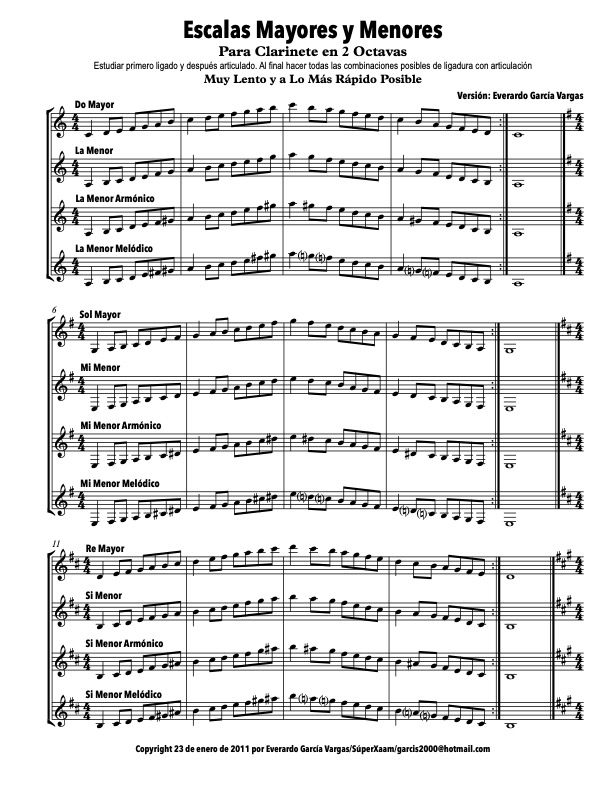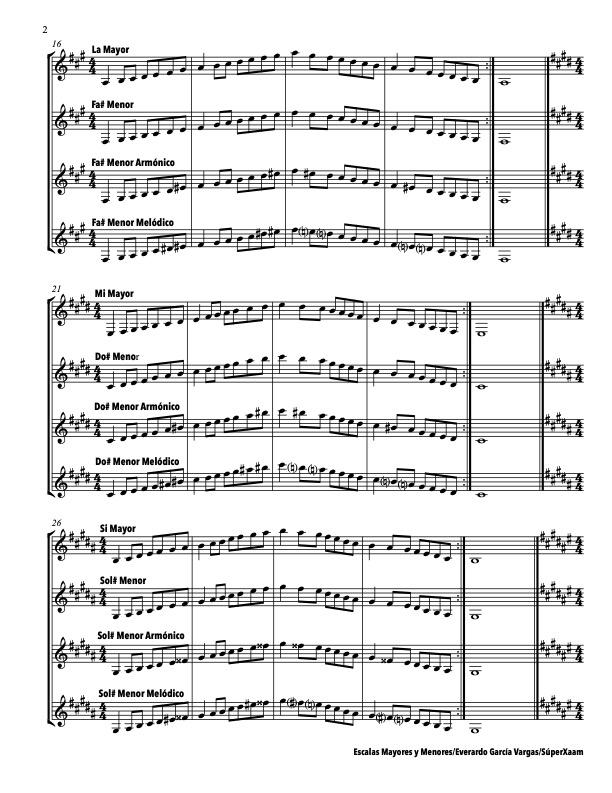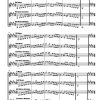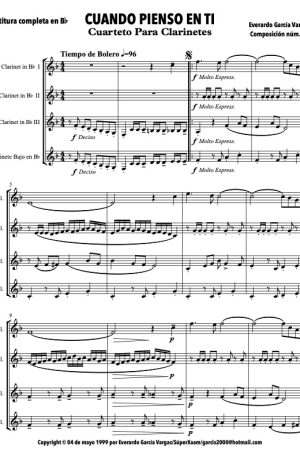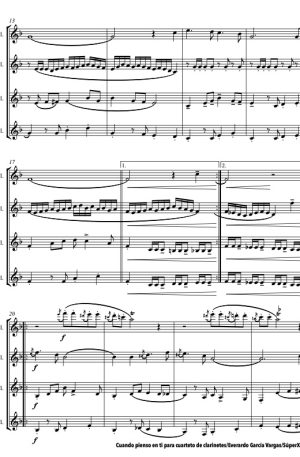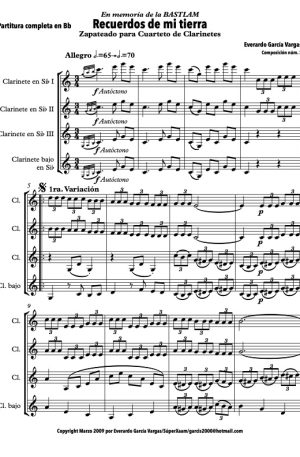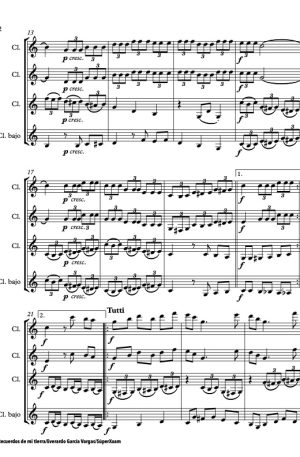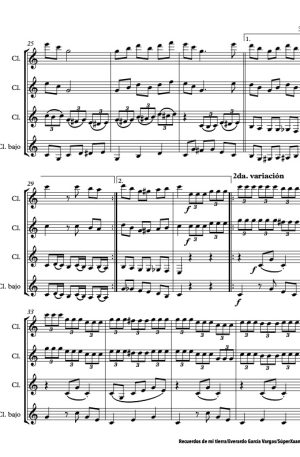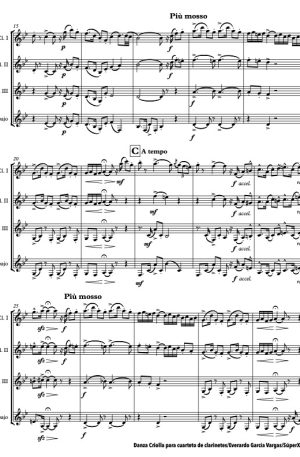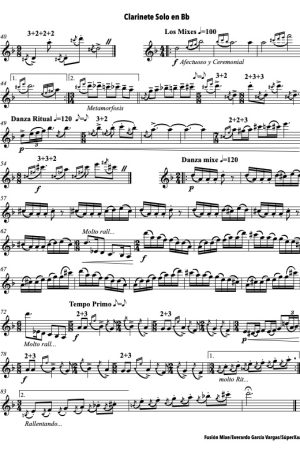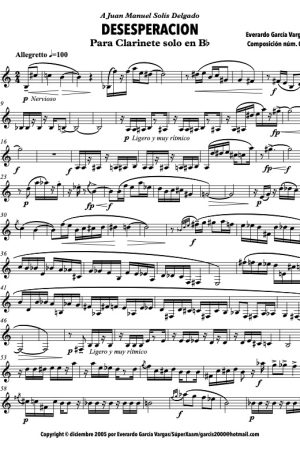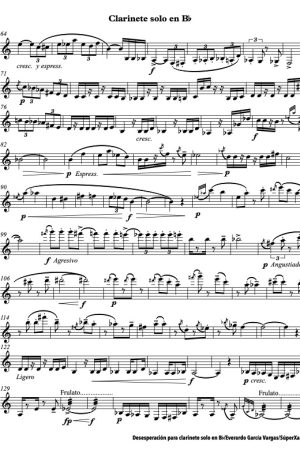No products in the cart.
Description
Musical Scale or Diatonic Scale – Study of Major and Minor Scales for Clarinets
The Musical or Diatonic Scale is defined as an ordered sequence of natural notes and musical sounds. These notes are organized according to a structure and a certain order, generally by their height or intonation. In an ascending scale, each note is higher than the previous one, while in a descending scale, each sound is lower than the previous one. The progression in the scale continues until all the necessary notes are included. Therefore, the Diatonic Scale is a succession of seven sounds plus the repetition of the first, arranged by joint degrees according to the laws of tonality.
The main function of the Scale is to establish the tonal basis of a melody or musical composition. Thanks to the series of sounds that make up a Musical Scale, combinations can be made between them to generate new sonorities and create harmonic bases to develop a sound environment.
Recommendations for Practicing Scales
- It is essential to dedicate time to daily study of scales, regardless of the student’s level (beginner, intermediate, advanced or professional). This contributes to improving technique and developing musicality.
- It is important to stretch and warm up before practicing scales at a fast speed to prevent injuries and play in a healthy and enjoyable way.
- After stretching and warming up your hands, begin to study the scales consciously at a moderate speed. This can be achieved by sending the weight of the body without straining, hitting each fingertip on each note of the scales you study to make the study very focused and conscious. In this way you will be working on muscle memory and memorizing the notes that make up the scales you are practicing. Later, gradually increase the speed and play in a versatile and light way to develop finger virtuosity.
- Practice the scale note by note, then strum two by two, three by three, four by four, etc. Practice short and long articulations with different playing styles and rhythms. Combine different slurs, accents and nuances.
Conclusion
Spending time studying scales has multiple benefits such as improving technique, enriching harmony learning and developing musicality. By playing scales you can explore different types of sounds and then apply them to the works you are working on. It is a perfect tool for studying articulations, legatos, correct posture, colors, sound emission and nuances. Scales improve tuning by allowing you to discover a more precise tuning with each tonality, and they also give you a better awareness of harmony and therefore of the directions of the music. Scales save us time working on works by reducing the difficulties we face when studying thanks to their mastery.




